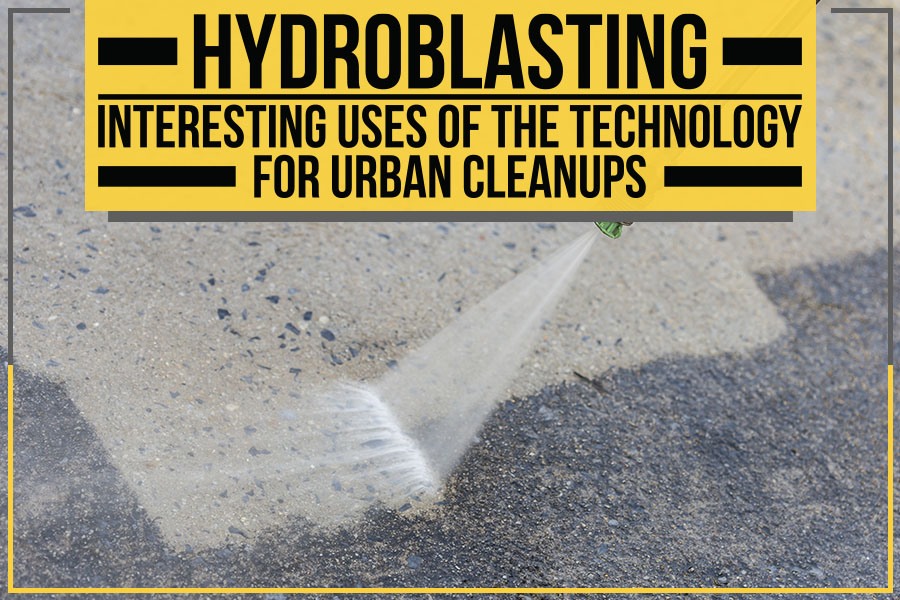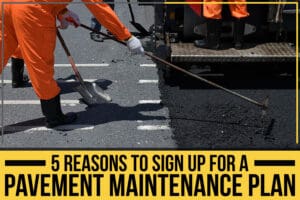Hydroblasting is an amazing technology that has taken on the world of eco-friendly, urban cleaning by storm. Apart from removing road striping, this method also has several environmental advantages due to simply relying on the usage of water. In today’s blog, we will conduct an in-depth understanding of what hydroblasting is, its several uses, and the integration of technology.
What is Hydroblasting?
Hydroblasting, also called water jetting, is a cleaning process that uses pressurized water to remove dirt, grime, and other buildups from various surfaces. It’s a popular & environmentally safe method for cleaning everything from asphalt & concrete driveways to industrial equipment.
There are quite many players in the hydro blasting family, one of which is abrasive blasting – commonly used for pavement striping & marking removal. In this case, there are abrasive additives mixed in a watery slurry and blasted at an angle to the surface.
Waterjetting systems can generate pressures of 15000 to 40,000 pounds per square inch (psi), enough to clean & even cut through concrete. The high-pressurized water stream can be adjusted to reach every nook and cranny to dislodge grime. You will even find hydro blasting as an effective post-construction cleanup step because it clears away minor debris that street sweepers can’t get to.
The method has several pros over traditional methods of urban landscape cleaning, making it an increasingly popular choice for urban cleanups. Apart from the obvious washing & striping removal, there are three more interesting uses for hydroblasting asphalt:
1. Street art removal
Hydroblasting can be used to quickly and effectively remove graffiti from asphalt surfaces. The high-pressure water jet removes the top layer of the pavement, along with the graffiti, without damaging the underlying asphalt.
2. Pothole repair
Hydroblasting can also be used to clean out and repair potholes. The high-pressure water jet loosens and removes the damaged pavement, revealing a clean surface that can be patched and repaired.
3. Roadway markings:
Hydroblasting can remove old roadway markings, such as lane lines and crosswalks. The high-pressure water jet cleans away the old paint or tape, leaving a clean surface for new markings.
There are many technologies for hydroblasting, each with its own advantages and disadvantages. Let’s look at a few:
- High-pressure water jets can remove stubborn dirt and grime, but they can also damage delicate surfaces. Ultrasonic cleaners utilize sound waves to shake down dirt and grime, and they are gentle enough to be used on sensitive materials. The tech is best utilized for precision cleaning in industrial equipment & manufacturing.
- Abrasive blasting uses high-pressure streams of sand or other abrasive materials to remove paint, rust, and other debris. The method is very effective, but it can also be dangerous if the operator is not properly trained. The method is best used for reducing texture on surfaces.
Hydroblasting is a safe, effective, and eco-friendly way to clean urban areas & constructed surfaces. True, there is a load of equipment in the market that one can utilize for minor hydroblasting DIY projects, but for more ambitious scales, we would love to offer our services.
At Landmark Paving, operating in Daytona Beach, FL, we provide premium hydroblasting services in addition to a full range of parking lot improvement & maintenance offerings.
Get a free estimate and begin your journey of becoming pro-environment today!






